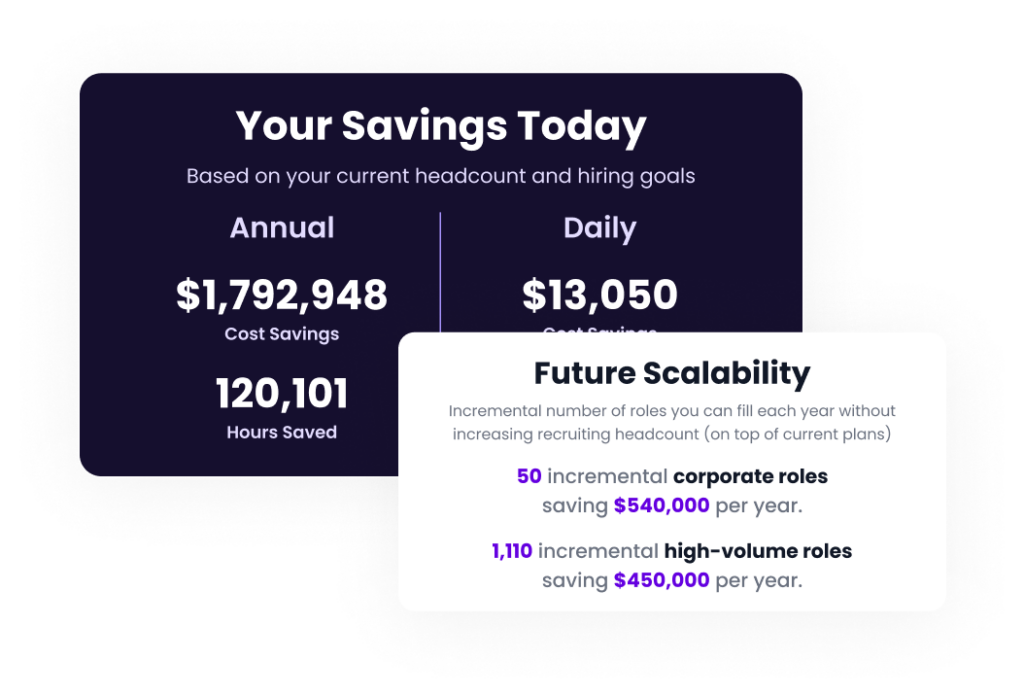When it comes to diversity hiring best practices, we can all do better.
That’s why many organizations pledged their support for greater diversity hiring in response to protests and civil unrest that coincided with the COVID-19 pandemic.
And it’s not just employers. At least three of every four job candidates report diversity is an important factor when evaluating businesses and job offers. Likewise, 78% of recruiters state that diversity has an impact on the way they hire.
Companies can no longer afford to neglect diversity, equity, and inclusion in their hiring processes. But how do you turn the ship around? Let’s take a look.
It Starts With the Interview
Diversity hiring requires companies first to back up their commitment to diversity, equity, and inclusion (DEI) with action. And it often starts during the interview stage. In fact, 72% of underrepresented groups say they want to be interviewed by a diverse panel of interviewers with whom they share similar traits. Candidates who do not feel represented by their potential employer are five times more likely to reject an offer than candidates who feel a sense of belonging.
But coordinating interviews is already complicated enough, right? By leveraging technology, hiring teams put together interview teams comprised of members with different backgrounds and demographics. Just by using the right tool, companies have the ability to demonstrate their commitment to different people and perspectives without overcomplicating the interview process.
How does it work? GoodTime Hire allows interviewers to self-tag with specific attributes that represent different groups (i.e. Black, woman, neurodivergent). They can also tag themselves as being qualified to interview for certain job skills.
Then, candidates who have also self-tagged are automatically connected to interviewers with those traits. As a result, candidates feel more comfortable, and companies have more interviews – which leads to a better hiring experience for all.
Tracking Results
GoodTime’s recent Candidate Experience survey shows companies with increased DEI exposure in interviews also increase their total number of interviews by 4x. As a result, these companies experience not only a larger talent pool, but also an increase in quality candidates.
But wait! There’s more. GoodTime Hire empowers companies to track interviews that include DEI exposure, giving them the ability to compare those measured results against overall diversity hiring goals. Armed with the data, hiring leaders can then make strategic decisions about what needs to be done to continue improving results.
The Bottom Line
It’s been proven time and again: companies who commit to DEI in recruiting and hiring increase not only the size of their talent pool, but also the quality of the candidates they hire. Yet, few companies are making real gains when it comes to providing DEI exposure in interviews, and, in turn, improving their candidate experience.
Ready to Level up Your Candidate Experience?
Time’s up for interviews full of scheduling headaches. It’s time for candidate-centered, connection-driven interviews instead.
To read more about how to make that happen for your team, download 5 Steps to Hiring Top Talent at Scale now.










